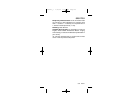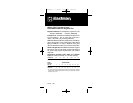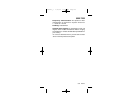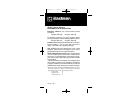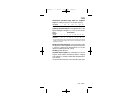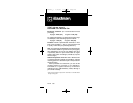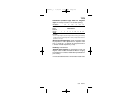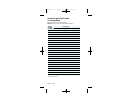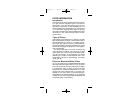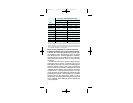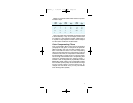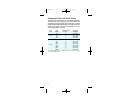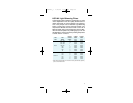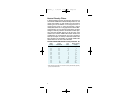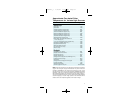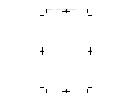1
F I LTER INFORMAT I O N
I n t ro d u c t i o n
Use the filter and color temperature charts in this section
as a quick re f e rence and general guide. The values are
a p p roximate. They offer good starting points for trial
e x p o s u res in critical work. For less demanding work, the
recommendations may be adequate, but it is always best
to run tests before shooting final footage. For photog-
raphy with flu o rescent lights, see the individual film’s fil t e r
i n f o rmation in the section“KODAK Motion Picture
Camera Films.”
Types of Filters
Optical filters may be solid, liquid, or gaseous; only solid
filters are discussed in this book. These consist mainly of
colorants dissolved in a gelatin or in cellulose acetate.
Each Kodak fil t e r, gelatin or acetate, is standardized for
spectral transmittance and total transmittance by special
instruments which apply an optical form of limit gauge to
these characteristics.
The dyes are obtained from a number of sources, and
many have been synthesized. Like other dyes, the dyes
used in filters may, in time, change under certain condi-
tions of heat and light. In this publication, we will be
a d d ressing only fil t e r s for black-and-white films, color
compensating, conversion, light balancing, and neutral
density (No. 96).
Filters for Black-and-White Films
You can use a wide range of KODAK WRATTEN Filters
with black-and-white negative films for many purposes.
They vary the contrast and tonal rendering of the subject
in a photograph, either to correct to the normal visual
appearance or to accentuate special features. The total
photographic effect obtained with a particular filter
depends on four main factors: its spectral absorption
characteristics, the spectral sensitivity of the sensitized
material, the color of the subject to be photographed, and
the spectral quality of the illuminant.
033text_c 1/16/02 11:07 AM Page 51



